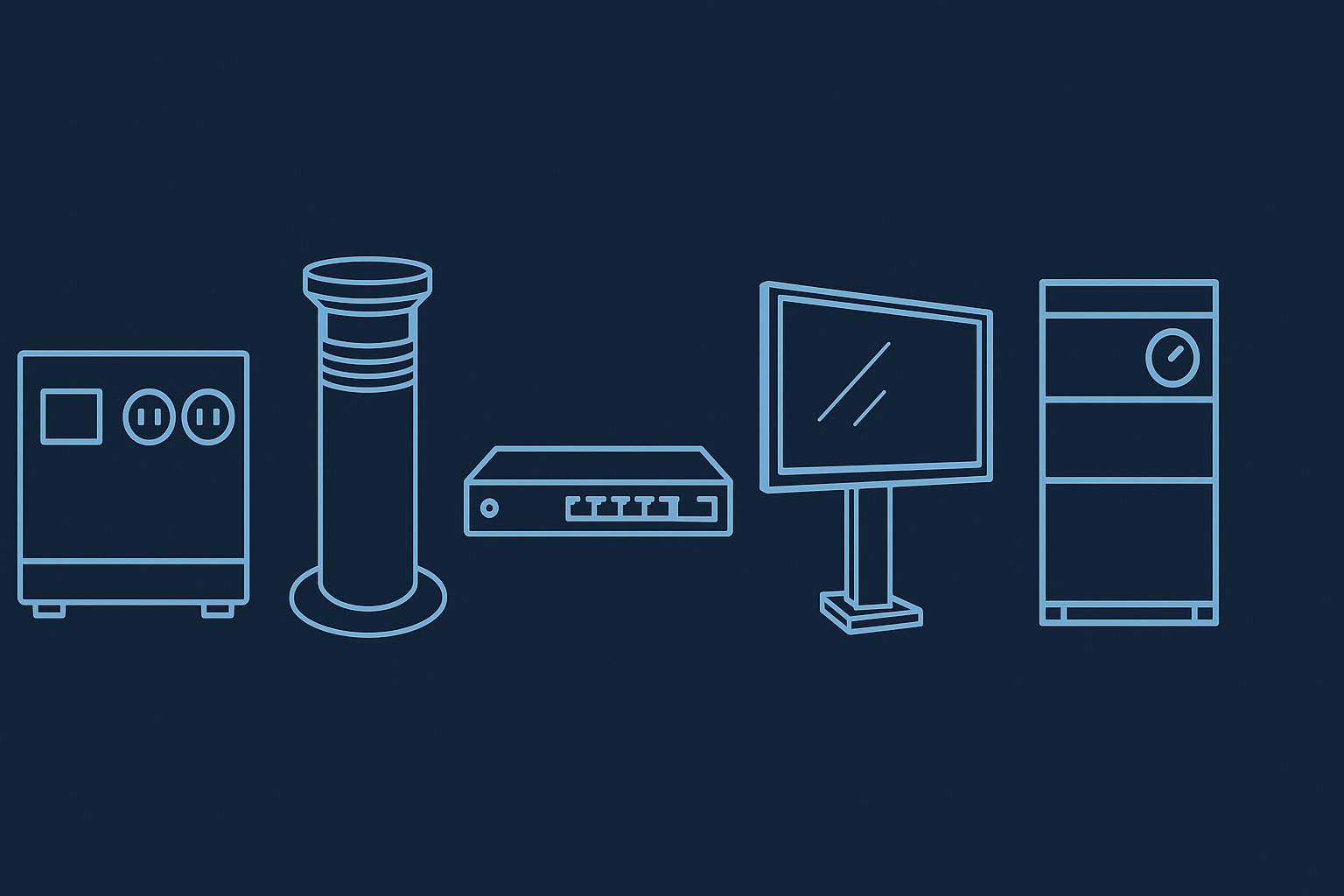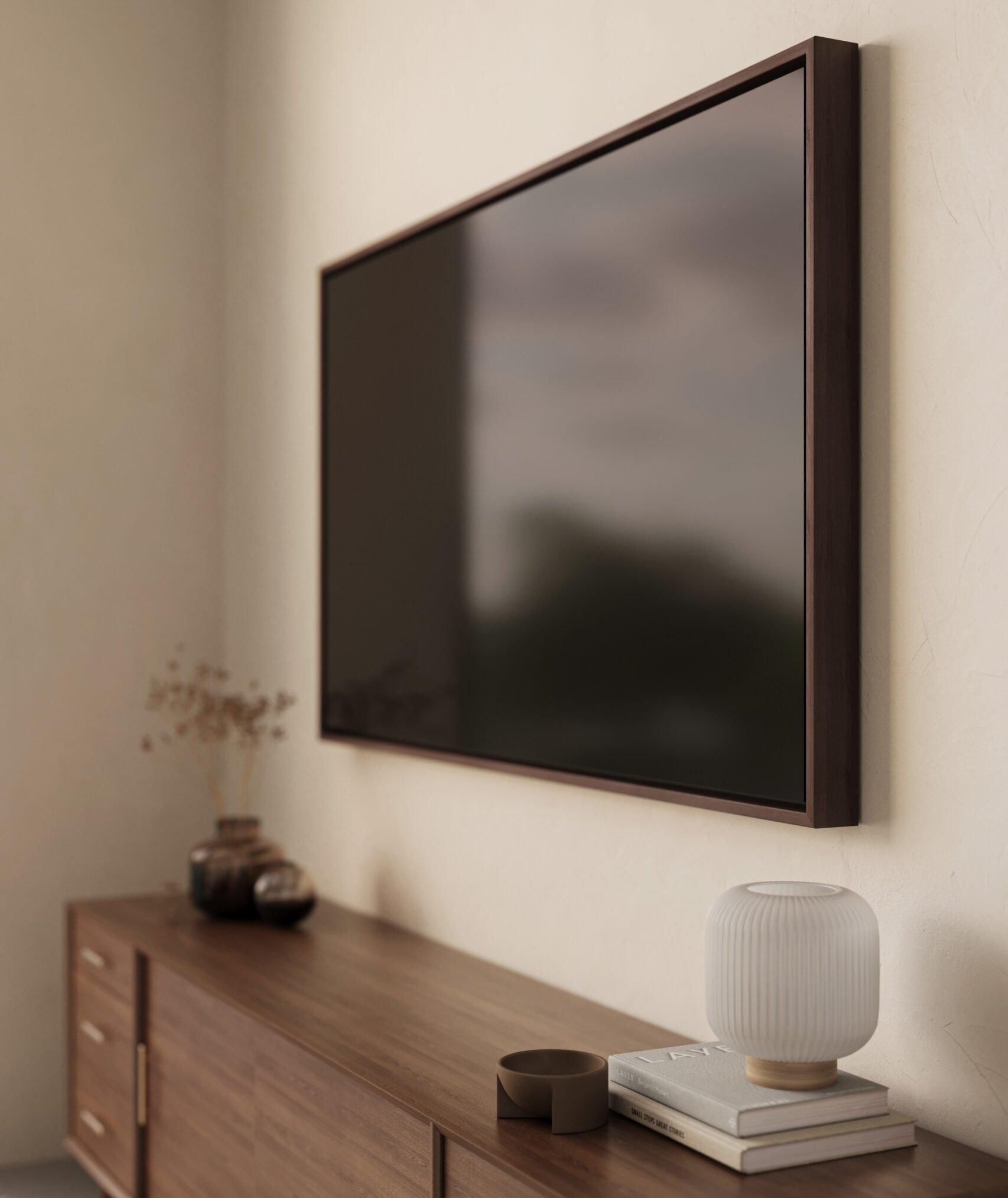Invisible AV: Why Designers Love the Tech They Can’t See
Let’s be honest: for years, home technology and interior design didn’t always get along. AV gear was bulky. Wall speakers meant visual clutter. Wires were a nightmare. Designers often saw technology as something they had to “work around.”
That’s not the case anymore. Today, more design professionals across Colorado are embracing AV—not just as a necessity, but as a creative possibility. And what they gravitate toward most are the things they don’t actually see.
Throughout this post, you’ll hear from several interior designers and architects we work with often. These are seasoned creative professionals designing legacy homes—many of them long-time colleagues in Colorado’s ski towns or major metro corridors. We’ve agreed to protect everyone’s privacy here, but the insights are real, and the projects were rewarding.
“My clients want theater sound, but they’re allergic to black boxes on the wall.”
That one came from an interior designer we’ve worked with on multiple ski properties. Her client was building a four-season residence meant for generational use. The living space had soaring ceilings, heavy timber framing, and museum-grade art placement identified months before the AV discussion even began.
She asked us: Can we do immersive audio without speaker grilles or visible hardware?
Yes, we told her—but only if we start working with you before drywall goes up.
We ended up integrating a full architectural speaker system using flush-mounted, paintable drivers set into the ceiling and upper walls. Materials had to accommodate the busier structural framing often found in mountain homes, especially where steel beams meet reclaimed wood. Using invisible speakers (a technology category CE Pro identified as growing by 23% in 2023 alone), we gave the clients sound that fills the room without impacting a single visual sightline.
“There’s such freedom now,” the designer reflected later. “I feel like I can finally say yes to clients who want high performance, without sacrificing the space.”
That collaboration was a turning point. Not because the tech was new, but because the mindset was.
“They asked why I put a TV in the kitchen… they just couldn’t see it.”
A fun one from an architect in the Vail area. Picture a client walkthrough in a newly framed main level. Everyone’s on-site with floorplans and frosting coffee cups in hand, when one of the owners asks innocently, “Where’s the TV going in here?”
It was already there. Embedded within custom cabinetry, activated by a motorized lift from Future Automation that could rotate, retract, or present the screen with a single tap. A Seura mirrored television was also being considered, where the TV vanishes behind a custom-finished mirror when off.
“We’re in that phase where I now ask myself—where don’t they want a display?”
He told us this during our pre-wire mapping session. In ski homes and Colorado ranch-style estates, open-concept kitchens and multi-use shared spaces have changed the rules of what’s media-worthy. But unlike a big-city penthouse where design elements may lean industrial or loud, mountain homes are about visual calm.
For this installation, form had to follow non-disruption.
Working together with the cabinetry subcontractor, we trimmed tolerances to under 1/8 inch and worked around seasonal wood movement (a major factor in altitude homes). And yes—the homeowners got their kitchen TV, but none of their guests knew it was there until après hours rolled around.
“It’s not just about hiding stuff. It’s about what emerges clean.”
This insight came from a longtime Denver-based interior designer whose clientele trends toward transitional and mountain-modern—a popular hybrid in Colorado today.
Her challenge was consistency. Hardware from client to client—and often room to room—never quite aligned. Wall-mounted controls in one home were jet black, in the next they were glossy white, and in the next, they stood out like a sore thumb against stone or white oak walls.
“When I say ‘invisible AV,’ I don’t just mean speakers. I mean the switches, the faceplates, the dimmers.”
This is where coordination becomes critical. At Xssentials, we often recommend architectural keypads from brands that offer customizable finishes and form factors. Clients can match materials from the millwork to their wall stations. We can hide access panels inside drawers, vanities or behind frameless wall reveals using magnetized breakaway fronts.
The designer told us after that install, “It looked like I’d designed the whole house myself. When technology cooperates visually, it makes me look better—and clients notice.”
That’s the kind of partnership we love.
“You know what’s also invisible? A tech headache I’m not dealing with two weeks before move-in.”
This came from a builder we’ve collaborated with on projects from Aspen to Denver. His concern was workflow—tech vendors added late in the cycle tend to derail timelines.
“When my electrician wires something twice because the AV specs changed post-drywall, that’s a cost I wear. That’s avoidable.”
This is such a common conversation in Colorado construction, especially on seasonal builds where wet weather and supply chain timing turn even simple delays into logistics spirals.
To address that, we’ve built a standard contractor index that outlines every low-voltage touchpoint by room, circuit and load distance. That information feeds right into schedules and trade walkthroughs, so there are no surprises.
“We’re not trying to be invisible,” we joked during one site meeting. “We just want our stuff to be.” The result? No overtime, no call-backs, repeat business.
“Flush just feels finished.”
That was a short comment from a high-end cabinetmaker during an install in a luxury ski home built with reclaimed Douglas fir and chinked stone. The home’s millwork was an artwork in itself.
We were doing a full AV integration with motorized shades, a custom lighting scene, music across six zones… and no one’s eye was supposed to land on anything tech-related.
Flush-mounts became mandatory. It even extended to the thermostats, security keypads, and motion sensors. We trimmed out with millimeter precision where devices met paneling.
Here we used recessed Future Automation mounts for displays, invisible speakers for multiple audio zones, and ultra-low-profile in-wall subwoofers from a brand we’ve field-tested over three dozen times. That install looked like a design showcase the day it was unveiled.
Flush isn’t just a word—it’s an expectation now.
Trade Collaboration Tip: Design-Phase Dialogues Save Money, Sanity and Aesthetics
We often tell our trade partners: bring us in when you’re still sketching. You don’t have to wait until framing. In fact, the earlier you involve us, the more elegant your final outcomes will be.
Here are the top three questions we get from Colorado architects and designers early in project planning:
Can tech follow the intent of my materials? Yes. Whether you’re working with concrete, glass, mixed-metal, or rough-sawn wood, we have durable, complementary hardware and design paths.
Is there a way to hide equipment in stone or steel posts? Often yes, depending on structural engineer input and cavity access. We’ve recessed AV gear into custom steel I-beam panels and chiseled channels behind integrated stonework.
Will the system be easy for my client to use—without tech handholding? Absolutely. We build every system with end-user simplicity in mind. Homeowners get walkthroughs, support, and a configuration that suits their lifestyle—not a programmer’s checklist.
The Bigger Picture: Industry Trends That Favor Invisible Integration
According to Sound & Video Contractor, one of the fastest growing areas in luxury home AV is “intentional invisibility”—not just with audio and display but lighting control, hidden sensors, and adaptive display use.
Also from CE Pro’s 2024 forecast: nearly 70% of integrators now collaborate with interior designers in the pre-build phase. That’s up sharply from just a few years ago.
Here in Colorado, we feel that difference directly. Mountain homes, in particular, use unorthodox construction methods, often with reclaimed materials or fluctuating humidity conditions that affect install logistics. Working early provides the flexibility to conceal, embed, and coordinate without last-minute compromise.
Final Thought: The Best Technology Never Interrupts a Beautiful Room
We always say: if we’ve done our job well, you won’t even see it.
That’s the essence of invisible AV. It’s not just the technical magic behind flush-mount speakers, disappearing TVs or custom keypad skins. It’s the design-first mindset that makes technology a companion to the vision, not a competitor.
And for designers, builders and architects? It’s the opportunity to say yes more often, with confidence.
If you’re a Colorado-based design professional—or a homeowner working with one—reach out to discuss how we can help make your next project feel exactly like what it is: timeless, elevated and seamlessly integrated.



